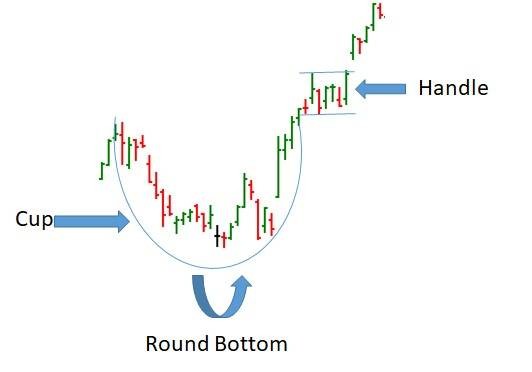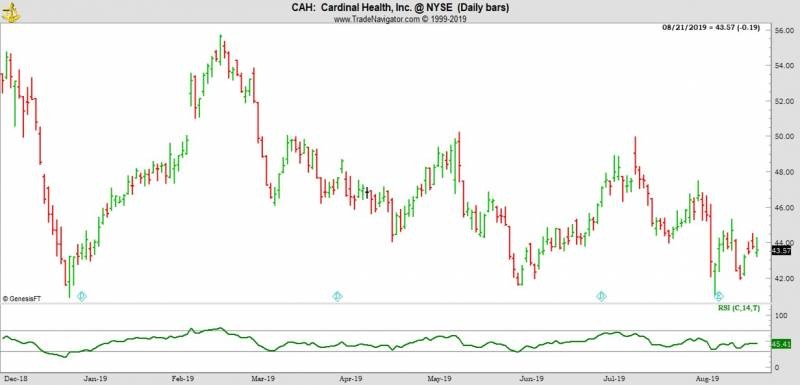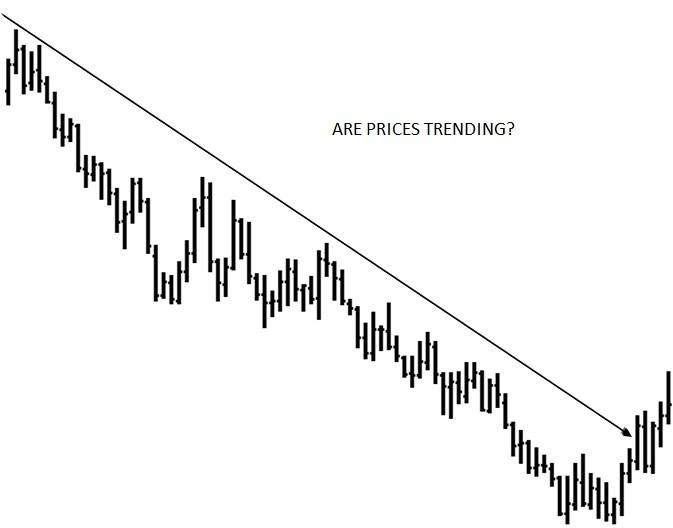Oscillators tend to be somewhat misunderstood in the trading industry, despite their close association with the all-important concept of momentum. At its most fundamental level, momentum is actually a means of assessing the relative levels of greed or fear in the market at a given point in time. Markets ebb and flow, surge and retreat—the speed of such movement is measured by oscillators. An oscil...
Trading Educators Blog
Short-term Pullbacks provide opportunities to enter trades in the direction of the longer-term trend. Trade set-ups like these occur against short-term momentum (the pullback) but are in alignment with the longer-term trend and typically offer high probability and low risk trade ideas with a 2:1 (or better) reward-to-risk ratio. A great way to trade short-term pullbacks is to use a moving average....
Swing Traders tend to spend longer monitoring markets and considering trading opportunities than day traders. Swing traders utilize chart, fundamental, and technical analysis in their considerations. Since swing trading does not require hours of daily monitoring, it's a good strategy for traders who wish to explore trading without treating it as a full-time job. Of course, intraday charts also inv...
Swing Low is a term used in technical analysis that refers to the troughs reached by a security's price or an indicator. A swing low is created when a low is lower than any other surrounding prices. Successively lower swing lows indicate that the underlying security is in a downtrend, while higher lows signal an uptrend. A swing low's opposite counterpart is a swing high. Swing low can be effectiv...
A Double Bottom pattern is a technical analysis charting pattern that describes a change in trend and a momentum reversal from prior leading price action. It describes the drop of a stock or index, a rebound, a drop to the same or similar level as the original drop, and finally another rebound. The double bottom looks like the letter "W". The twice-touched low is considered a support level. \/\/ D...
The cup and handle is a great trading pattern that works well with different time frames and with most markets like stocks, futures, commodities and foreign currency markets. Here's what it means, how to trade it, and tips to use it for potentially bigger profits. The Cup and Handle pattern is a bullish continuation pattern that begins with a consolidation period followed by a breakout. The patter...
The Relative Strength Index (RSI) is a momentum indicator that measures the magnitude of recent price changes to analyze overbought or oversold conditions. It is primarily used to attempt to identify overbought or oversold conditions in the trading of an asset. Traditional interpretation and usage of the RSI is that RSI values of 70 or above indicate that a security is becoming overbought or overv...
The Squeeze is the central concept of Bollinger Bands. When the bands come close together, constricting the moving average, it is called a squeeze. A squeeze signals a period of low volatility and is considered by traders to be a potential sign of future increased volatility and possible trading opportunities. Conversely, the wider apart the bands move, the more likely the chance of a decrease in ...
Trend Trading is a trading strategy that attempts to capture gains through an analysis of the momentum of prices in a particular direction. Trend traders enter into a long position when a security is trending upward (e.g. successively higher highs) and/or enter a short position when a security is trending lower (e.g. successively lower highs). Higher highs and lower lows is about as basic a defini...
Volume is the number of contracts or shares bought and sold each day in any given financial, commodity, index or currency instrument. High volume suggests that there is a heightened interest in the financial instrument, and if it is combined with a move higher in share price, then it is often used as a signal of strong upward momentum. Keeping an eye on volume will ensure that you are on the right...
"Hey Joe! I'm pretty new at this. Can you tell me the rules for buy and sell stops?" When the market trades above a buy stop price order, it becomes a market order. The first down tick after the market order price is activated determines the highest price at which the buy stop order may be filled. The rule to remember placing stops is this, "Buy above and sell below." Buy stops are placed above th...
Question from a subscriber: "Hey Joe, I just want to be prepared for the next legal holiday. I've been basically a Dow investor for years and now I've begun trading the Dow futures. Do you have any information about the Dow Industrial Average relative to legal holidays in the U.S?" Thanks to Yale Hirsch's excellent "Stock Traders Almanac" for the following: "The Dow closes higher before one day ho...
You alone determine whether you will succeed or fail at trading. You alone are in control; take responsibility for your performance and your life. There are always tremendous opportunities in the markets. It is not what happens, it is what you do with what happens that makes the difference between profit and loss. You cannot marry a market or a single trading style. You have to look. Look at a var...
Sometimes I write an article that elicits a good response from our readers. One of those articles is written below in blue italics. I blended together the gist of what some of you wrote back to me, and many thanks to those of you who did. "Why are losses such a big deal? I can tell you why. In your book Trading is a Business , you said that once we enter the market, we are the market. And you also...
1. Focus on trading vehicles, strategies, and time horizons that suit your personality. 2. Identify non-random price behavior. 3. Absolutely prove to yourself that what you have found is statistically valid. 4. Set up trading rules. 5. Follow the rules. 6. Don't be afraid to abandon a rule that is no longer working. In a nutshell, it all comes down to: do your own thing (independence); trade what ...
Historical Volatility Also referred to as statistical volatility. Historical volatility gauges the fluctuations of underlying securities by measuring price changes over predetermined periods of time. This calculation may be based on intraday changes but most often measures movements based on the change from one closing price to the next. Not everyone agrees on how to calculate historical volatilit...
Mr. Ross can you tell me exactly what is meant by "Bullish Divergence?" It's really very simple. A Bullish Divergence occurs when prices fall to a new low while a technical indicator fails to reach a new low. This situation demonstrates that bears are losing power, and that bulls are ready to control the market again—often, but not always, a bullish divergence marks the end of a downtrend. The tec...
One of the great lies that all traders tell themselves, is that we need to make a lot of money in order to consider ourselves successful. That there's a dollar value on "success." That is absolutely false. The goal isn't to double your account or trade for a living. The goal is to be profitable. At Trading Educators, we hear from many successful traders — traders we ourselves helped in their train...
Hey Joe! Which indicators work for real trading tactics? Have you ever noticed that my entries and exits are based on price levels—actual price bars? I use actual price data to determine most of my entries and exits. There is no better technical indicator than price itself. Think about it for a minute. You are making a mistake if you use indicators for entries and exits because every indicator is ...
Have you ever felt as if the more you know, the less you know, and the more you become confused? Why is this? People have the tendency to believe that the accuracy of their forecasts increases with more information. This is the illusion of knowledge - that more information increases your knowledge about something and improves your decisions. However, this is not always the case - increased levels ...







